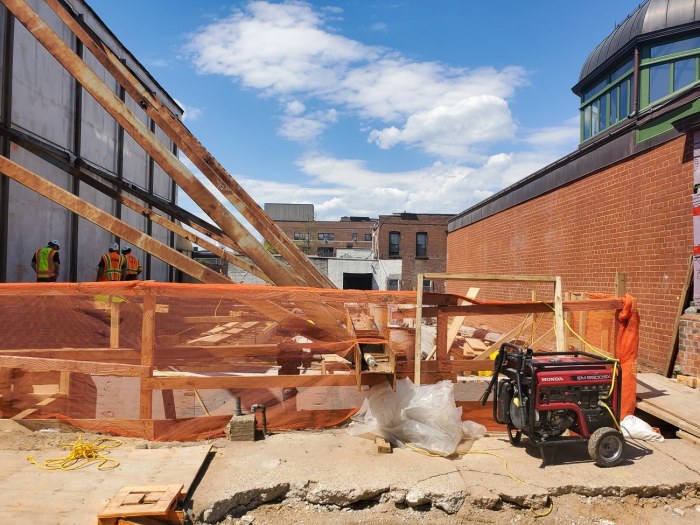In the face of increasing trouble in the subways, the MTA’s six-point plan to address chronic delays is a relatively feeble attempt to do something — anything — to tackle the problem.
Spending $20 million on a “comprehensive plan” doesn’t go far enough. The MTA proposals that target the subways are too incremental to make a difference in a transportation network that features the worsening combination of deteriorating infrastructure, long-deferred maintenance and far more customers. The sixth piece suggests splitting now-single MTA chairman and chief executive job. It’s controversial and won’t alleviate ongoing subway delays.
The MTA proposal has been in the works for a while. But clearly, in releasing the plan on Monday, the MTA was trying to respond to a growing public outcry after weeks of misery for subway commuters.
Certainly, the attention from the MTA is welcome and marks a necessary first step. MTA officials are choosing the right areas of focus: cars, signals, bottleneck spots and proactive maintenance. Some ideas — using new technology to speed up construction and maintenance, and replacing doors, air-conditioning and master controllers before they fail — are worthwhile pieces of a much larger puzzle.
But the problems are so much complex than anything $20 million can fix. This is going to take a commitment of dollars and time, and more innovative solutions. And it’ll require ongoing pressure from and a larger role for Gov. Andrew Cuomo. On Thursday, Cuomo tried to distance himself from the MTA. But he can’t. The MTA is a state authority, and Cuomo oversees it, appoints its chairman-CEO, and makes more board appointments than anyone else. He’s in charge.
For one of the world’s busiest subway systems, a far more comprehensive “comprehensive plan” is in order. MTA officials point to the five-year capital plan as a sign of a long-term commitment. But that’s not enough. Rushing to the microphones with a small bandage for a transit system on the verge of a heart attack doesn’t solve anything. The patient is in distress, and commuters are the ones who suffer, waiting for their trains — and for real answers.

















